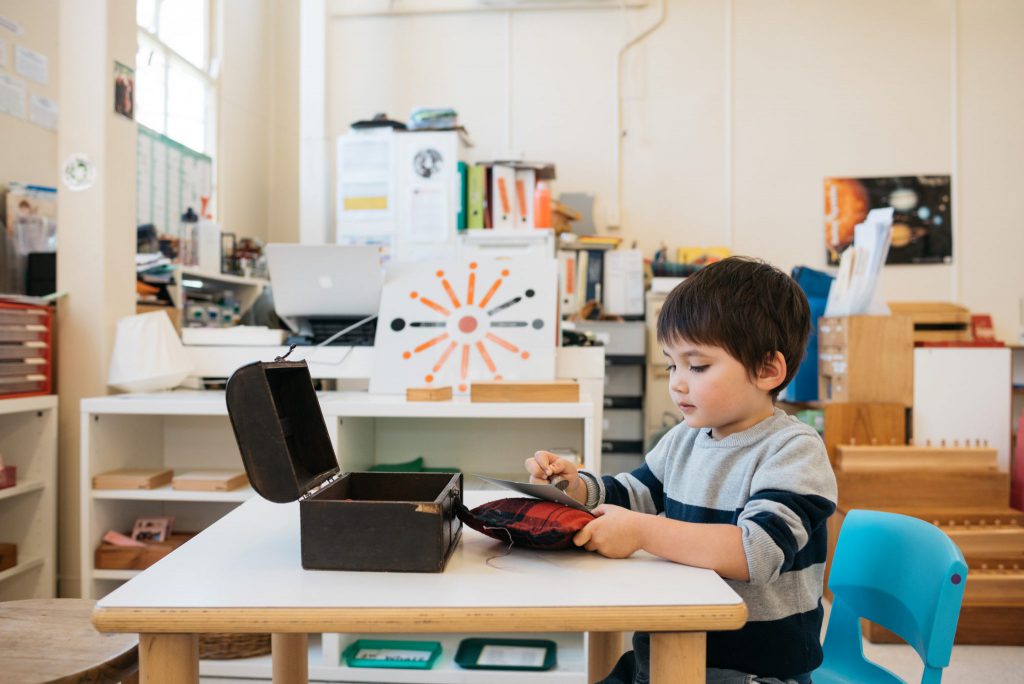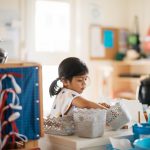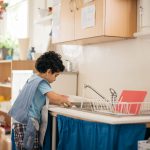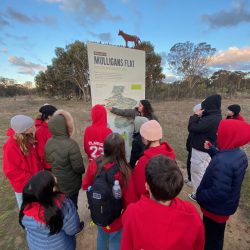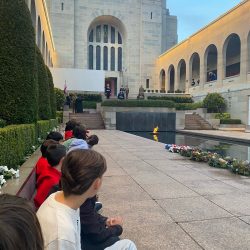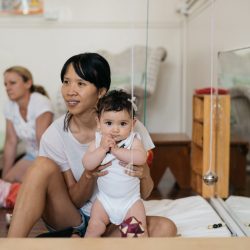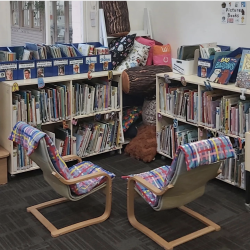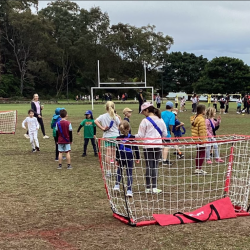Practical Life
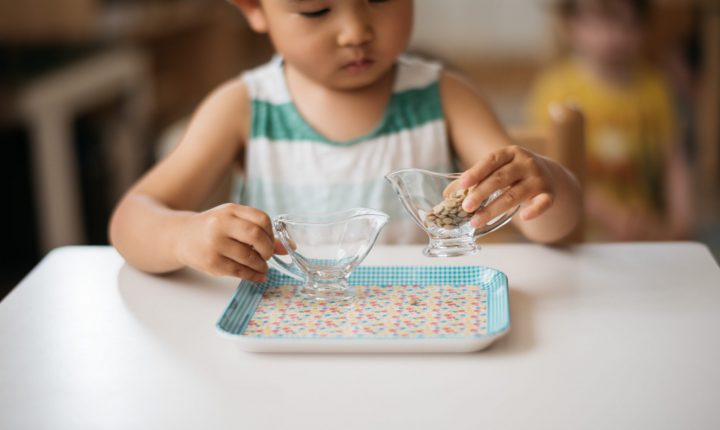
Practical Life activities provide the link between home and school.
The direct aim is to help the child become more independent thus leading to a greater self-confidence and ability to face new challenges. The indirect aim of these exercises is to enhance concentration, coordination sequencing and independence.
What are the five main components of Practical Life?
| Grace and Courtesy | Lessons on controlled movement within the environment, interaction and communication with others, establishing a sense of order in materials. |
| Control and Coordination of Movement | The development of the hand, emergence of the child’s will, group activities, control of the voice, self-direction. |
| Preliminary Activities | Exercises which present the child with a movement or activity in which he/she will apply later in another context. The activities isolate certain movements or follow a particular sequence. |
| Care of the Person | Activities which develop the child’s functional independence, self-confidence, personal efficiency and positive self-image. They include activities such as grooming, maintaining hygiene, taking care of clothing and personal items. |
| Care for the Environment | Care and maintenance for the child’s surroundings, both indoors and outdoors. These activities support the development of personal responsibility, functional independence, awareness of actions and consequences and gratitude towards the environment. Activities include gardening, caring for the outdoor space, cleaning floors and surfaces, clearing materials and objects in the classroom. |
What are the benefits of the child’s work in Practical Life?
The external order of the physical environment helps to establish a sense of internal order within the child. The child’s work in Practical Life supports their need for exactness and repetition whilst also establishing a sense of logical sequencing. Practical Life encourages work with intention and work that is meaningful to the child.
Practical Life engages the child in hands-on, ‘adult-like’ activities which help them understand and be a part of the world around them.
Further, Practical Life skills build the child’s functional independence, the ability to do things for themselves, whilst it greatly fosters care and respect for the physical environment. Practical Life supports and encourages concentration and motivation as the child is naturally drawn to this area and immerses themselves in the desired task.
